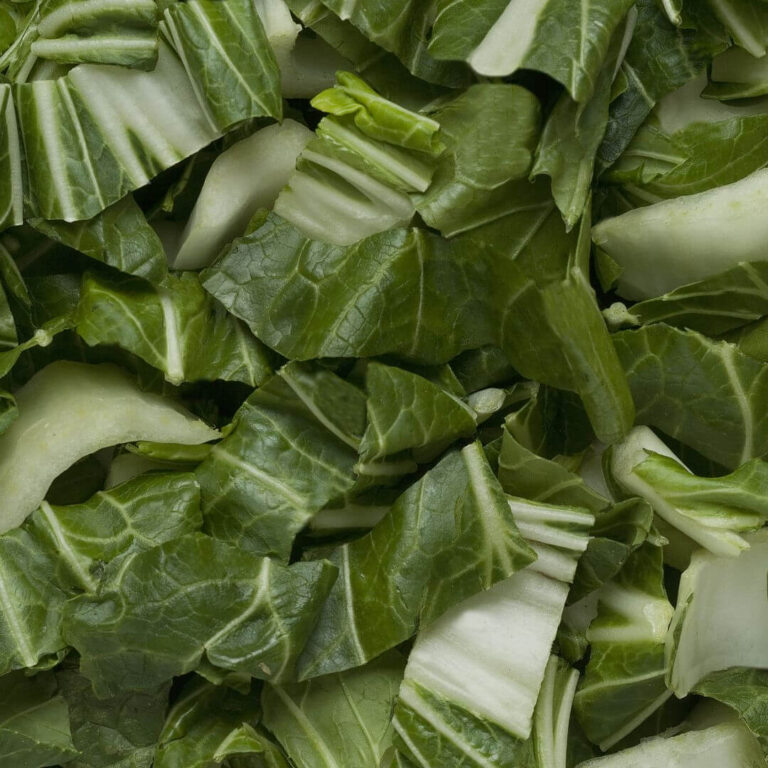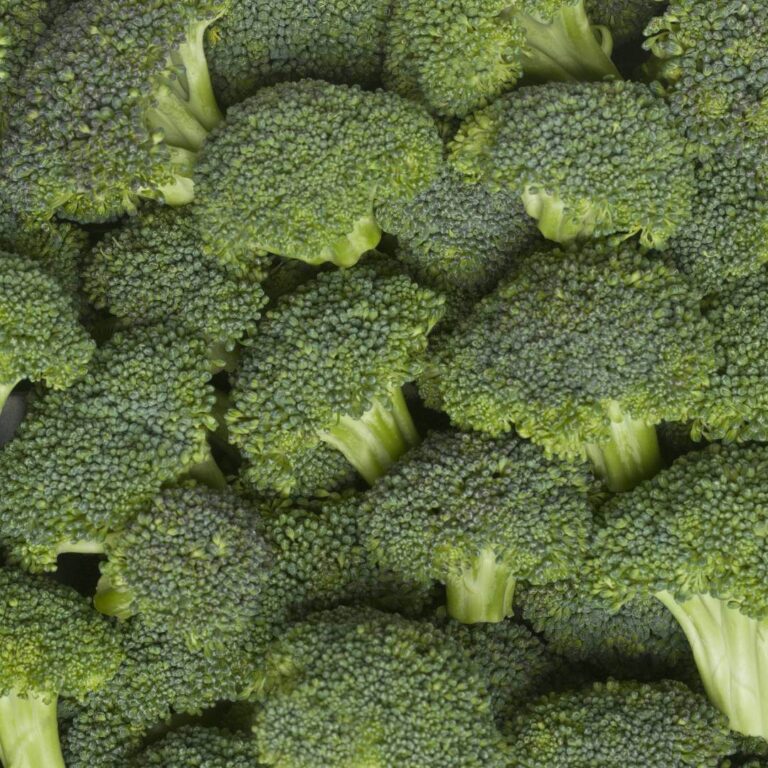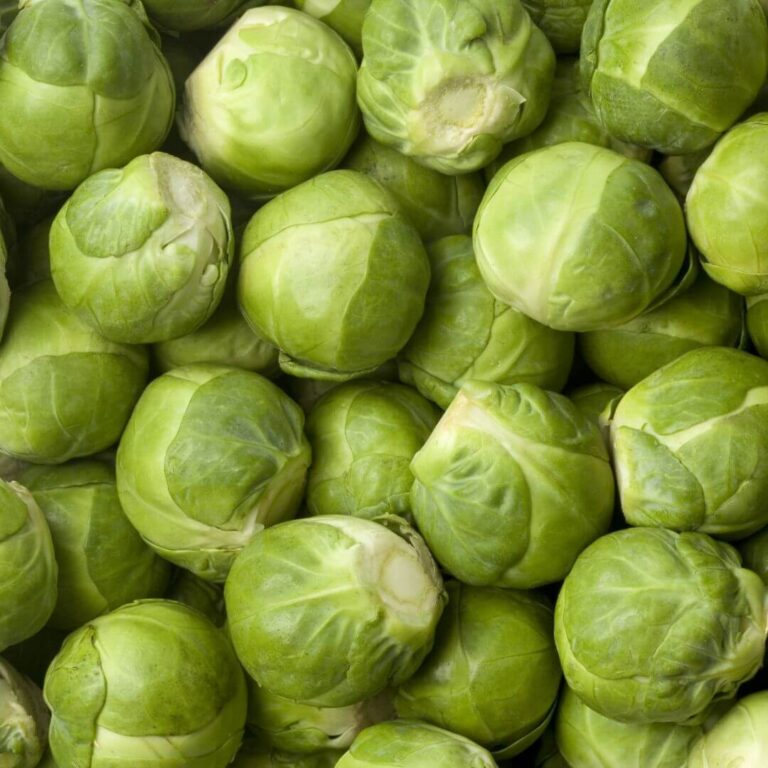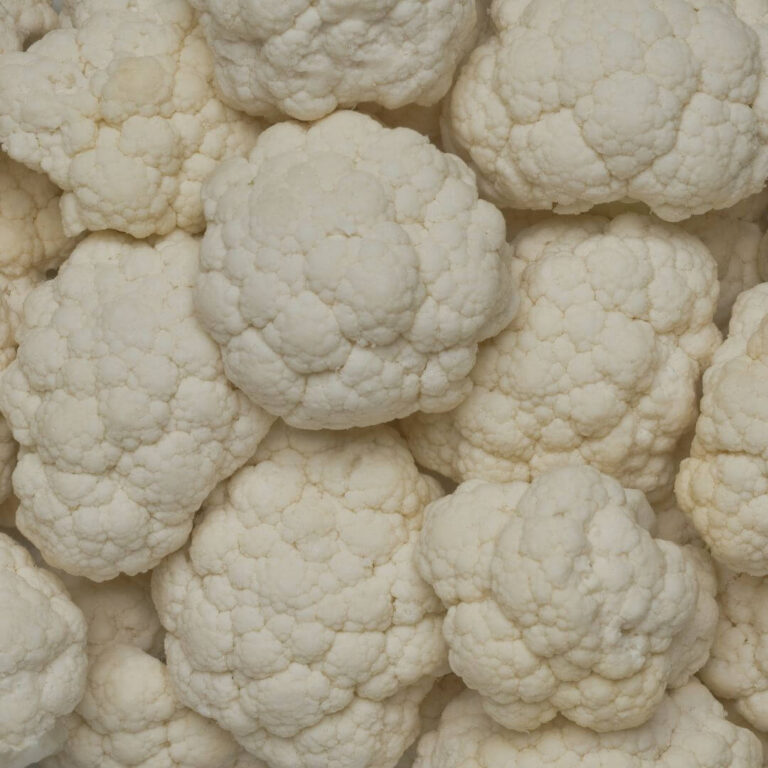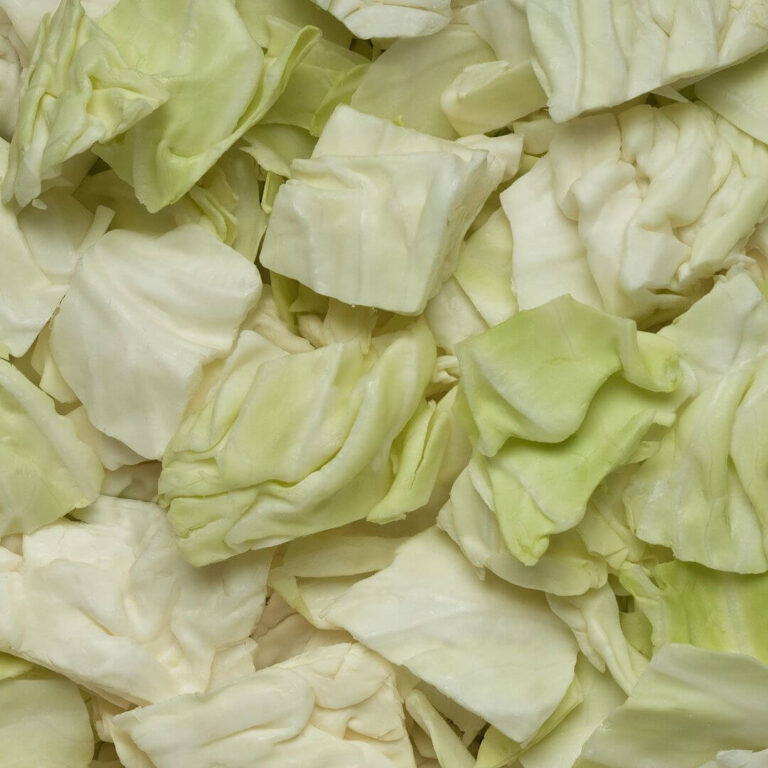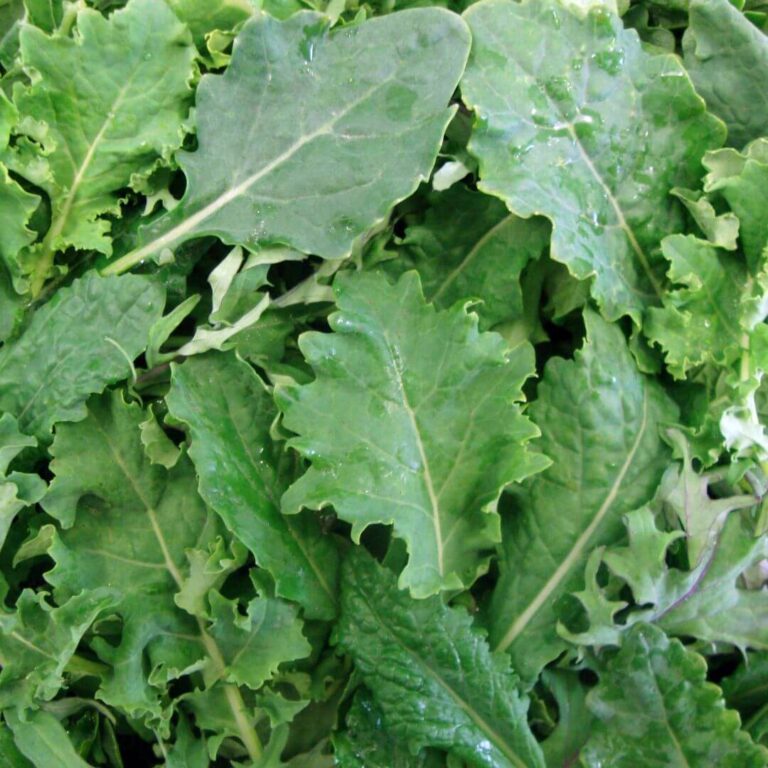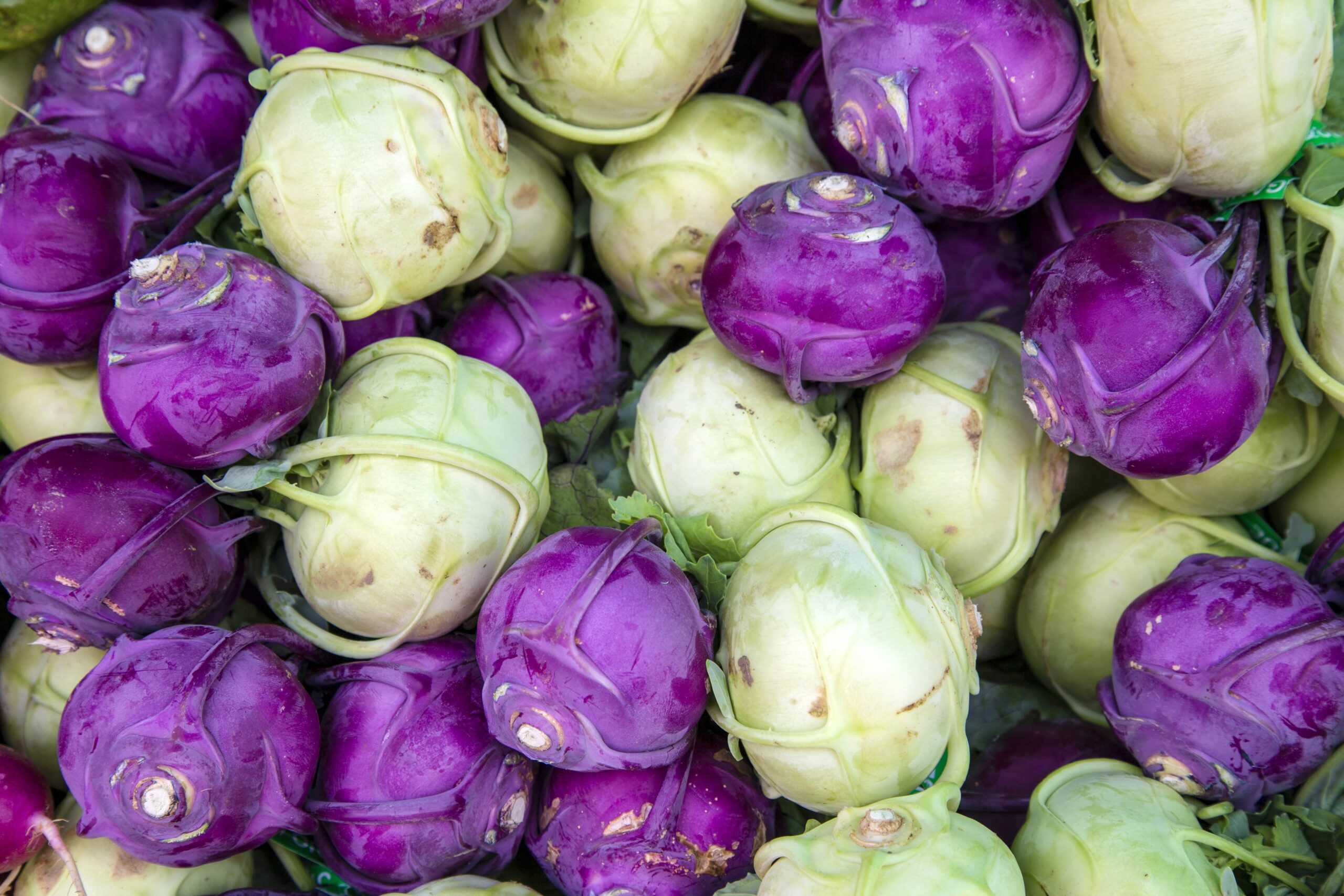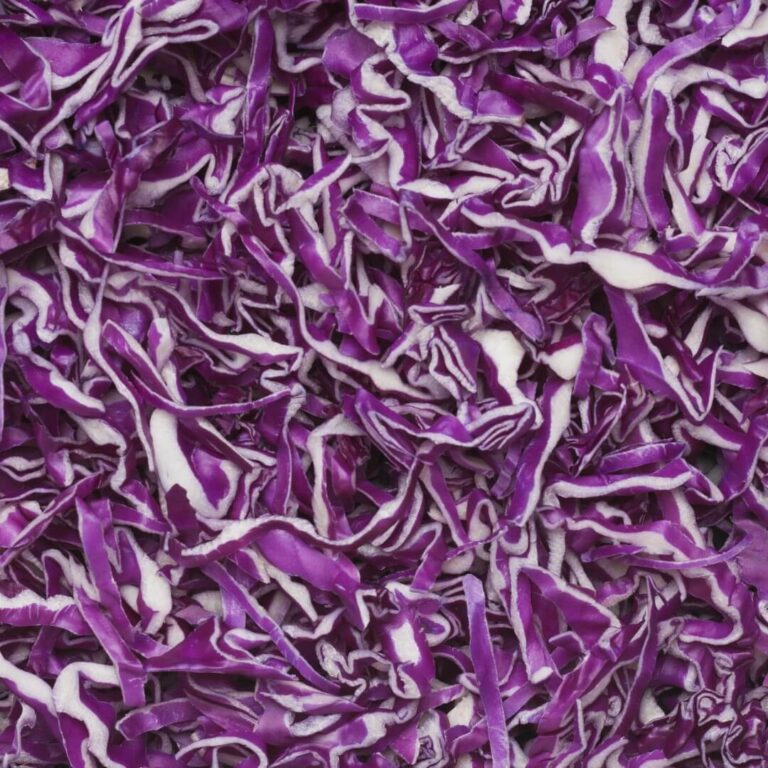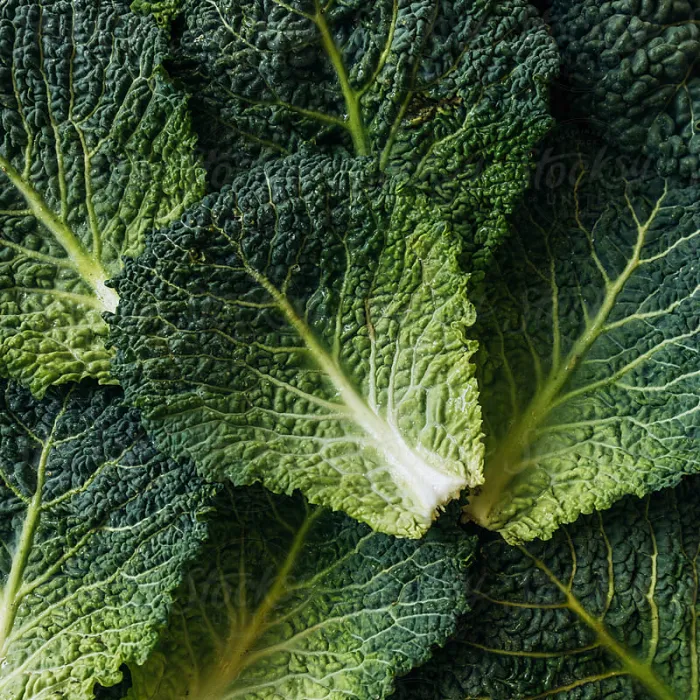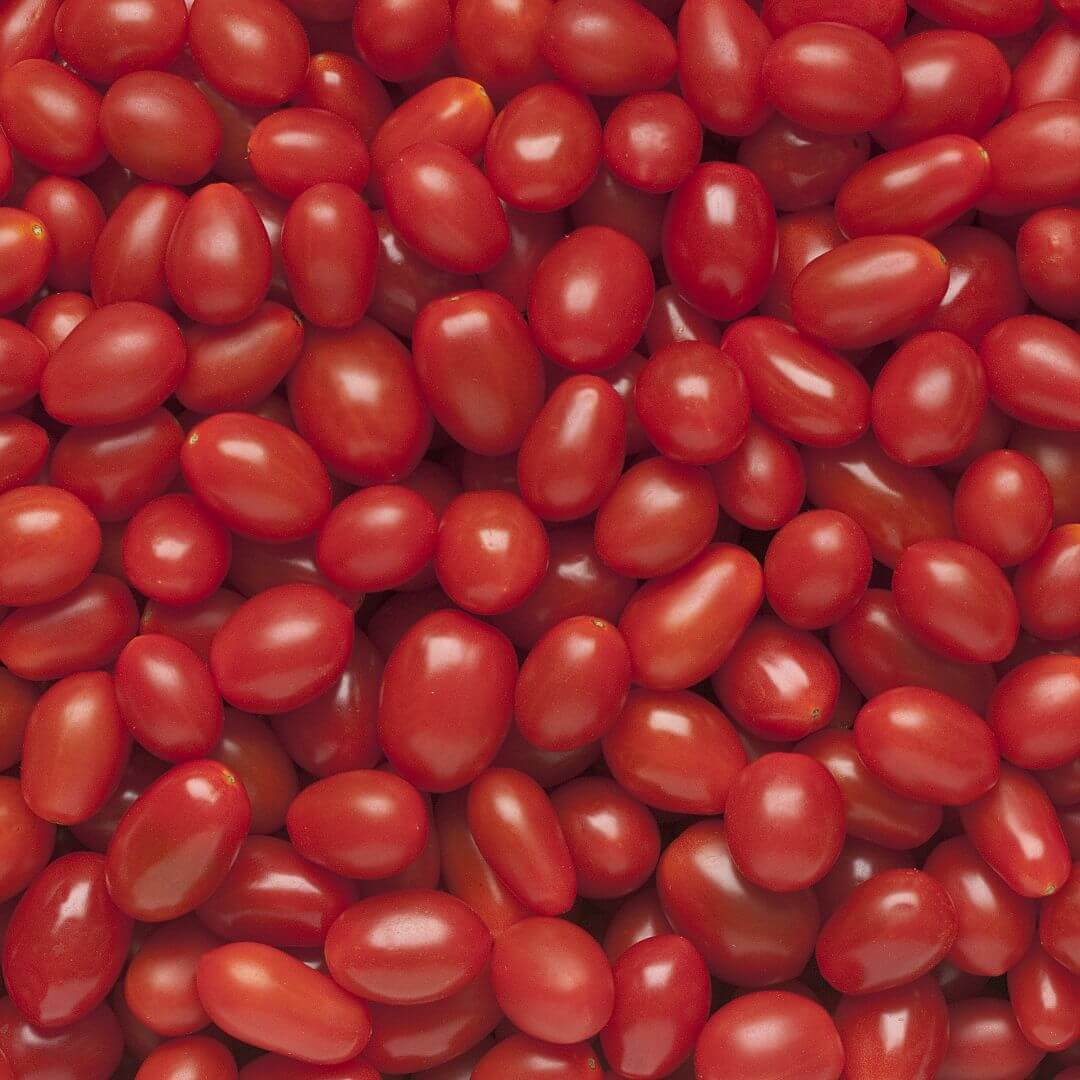All about Cruciferous Vegetables
The cabbage family, also known as Brassicaceae or Cruciferae, has some familiar faces: cabbage itself, which comes in varieties like green, red, and Savoy. Then there’s broccoli, great for steaming or throwing into salads, and cauliflower, which can range from white to purple and is excellent when roasted or mashed.
Don’t forget about Brussels sprouts, tiny but tasty when roasted or sautéed, and kale, a superfood star perfect for salads and smoothies. Kohlrabi, with its unique bulbous shape, is crunchy and perfect in slaws. Bok choy, a staple in Asian cooking, is sweet and tender, great for stir-fries and soups. All of these all-stars are in the cabbage family of veggies.
Plus, these vegetables are not only delicious but also loaded with vitamins C and K, fiber, and cancer-fighting compounds.
The word ‘cruciferous’ comes from the Latin “Cruciferae,” which means “cross-bearing.” This name points to the unique shape of the flowers in this plant family, where the four petals spread out in a cross pattern. Cruciferous vegetables are part of the Brassicaceae (cabbage) family.
So, what makes a vegetable cruciferous? It’s all about family ties — these veggies are all related genetically. The lineup includes favorites like broccoli, Brussels sprouts, cabbage, cauliflower, kale, and radishes. One of their standout features is the presence of glucosinolates, special compounds that, when broken down, are thought to help in cancer prevention. It’s their distinct flower shape and health benefits that make cruciferous vegetables stand out in the veggie crowd.
A “crunchy green vegetable” typically refers to a variety of vegetables known for their firm texture and vibrant green color, which make a satisfying crunch when eaten. These include options like broccoli, green peppers, snap peas, cucumbers, and cruciferous veggies like kale, cabbage, and Brussels sprouts.
It’s a great idea to toss more crunchy green veggies into your meals, and here’s why: they’re superstars when it comes to nutrients. These greens, like broccoli, bell peppers, and lettuce, are packed with fiber which is awesome for your digestion and keeps you feeling full longer. Plus, they’re loaded with vitamins like A, C, and K, and minerals such as iron and magnesium, all essential for keeping you in tip-top shape. And here’s a bonus: because they’re full of water and fiber, they’re low in calories but make your meals more filling. Adding these crunchy, colorful veggies to your diet not only jazzes up your plates but also plays a big part in maintaining a healthy, balanced eating plan.
Absolutely, broccoli and cauliflower are like close cousins in the veggie family tree! Both hail from the Brassicaceae or Cruciferae family, which is famously known as the family of cruciferous vegetables. This makes them relatives of not just each other but also kale, Brussels sprouts, and cabbage.
Broccoli and cauliflower share a lot in common beyond just family ties. They both love cooler weather, and gardeners often grow them in similar conditions. Botanically speaking, they’re both forms of the same species, known scientifically as Brassica oleracea. Despite their differences in appearance and taste, they have similar nutritional profiles and are rich in vitamins, minerals, and antioxidants.
So next time you see them side by side in the grocery store or on your dinner plate, remember, they’re more than just veggie buddies — they’re family!
Yes, broccoli and cauliflower can indeed cause gas for some people. This gassy effect is due to their high content of fiber and a type of sugar called raffinose, which is a trisaccharide composed of galactose, glucose, and fructose and is not easily digested by the human body. When these veggies make their way to the large intestine, bacteria begin to break them down through fermentation, producing gas as a byproduct.
Additionally, broccoli and cauliflower contain high levels of glucosinolates — sulfur-containing compounds that, while beneficial for health (think anti-cancer properties), further contribute to the creation of gas during digestion.
Not everyone experiences these effects to the same degree, but for those who do, the gas can be uncomfortable. Cooking these vegetables can help break down some of the fibers and sugars that cause gas, making them easier to digest. Eating them in moderate amounts and increasing your intake gradually can also help your digestive system adjust. So while they might make you a bit gassy, their nutritional benefits make them worth the trouble!
EXPLORE MORE VEGETABLE FACTS
Garden Favorites
From bright tomatoes to crunchy carrots, find more details on the fresh vegetables that we all love.
Read More
